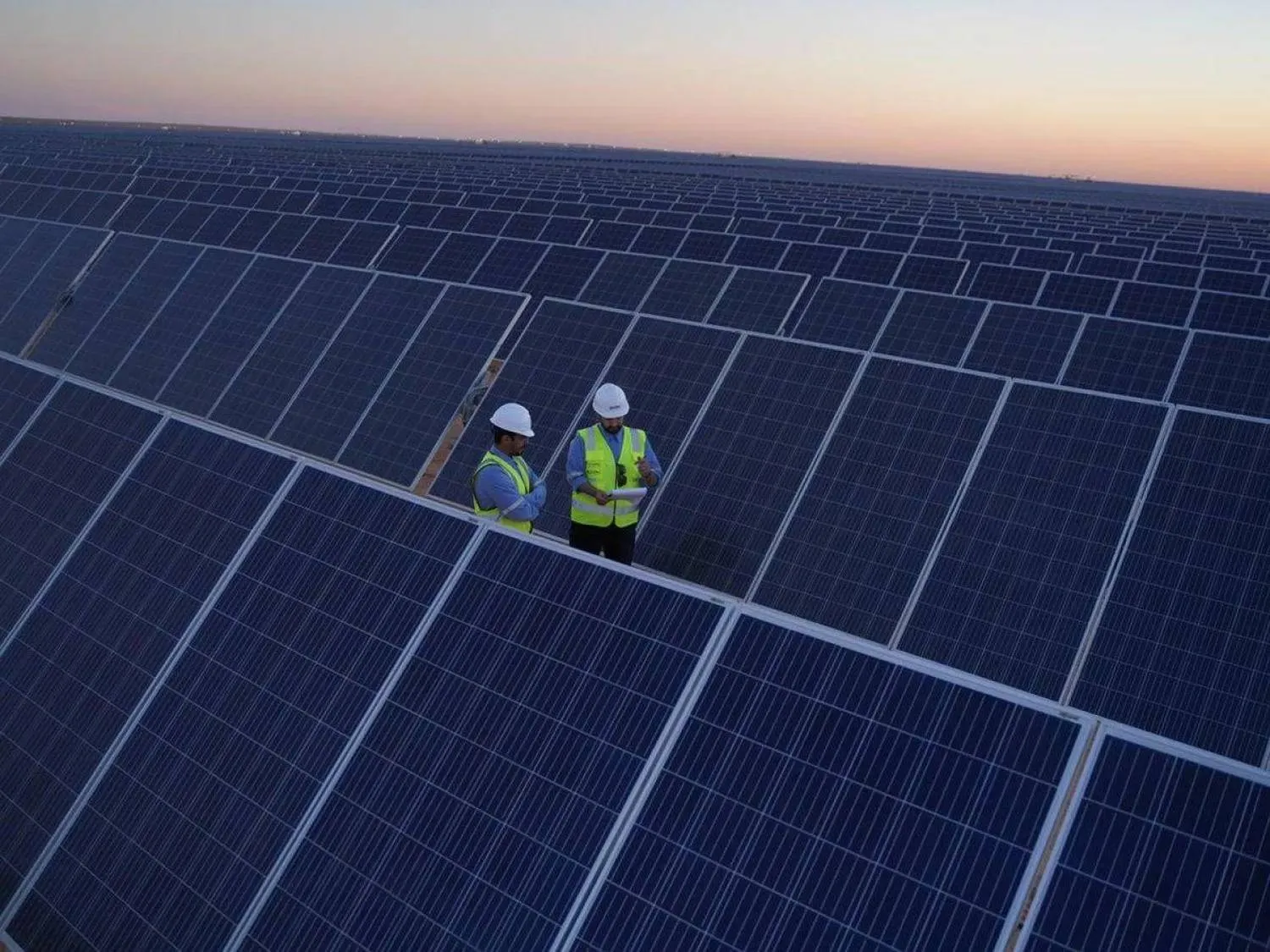The UAE completed the railway directly linking Abu Dhabi with Dubai as part of Etihad Rail to connect the rest of the Emirates with an integrated railway network.
The railway track marks the start of a new phase of logistic and economic integration between the two emirates and in preparation for linking the rest of the emirates to an integrated national railway network in the UAE.
The completion of the central railway between Abu Dhabi and Dubai comes within the framework of "The UAE Railway Program," which was launched as a part of the Projects of the 50, with an investment worth $13.6 billion.
The UAE Railway Program includes a national network of railway projects that would link the seven emirates. It is expected to create economic opportunities amounting to $54.4 billion.
Dubai Deputy Ruler, Sheikh Maktoum bin Mohammed bin Rashid Al Maktoum, stressed that the Railway Program reflects UAE's ambitions and aspirations to start the next 50 years with substantial development projects that enhance its position as a leading regional and global hub in the sectors of trade, economy, and logistics services.
Sheikh Maktoum noted that the completion of the central railway of the Rail Network project between Dubai and Abu Dhabi represents a pivotal phase that shows the great benefits of this national project in linking all the emirates of the country and boosting transportation between industrial and economic centers and facilitating transportation within the UAE.
"The economic effects of linking Abu Dhabi and Dubai via the 'UAE National Rail Network' will extend for many years," Sheikh Maktoum was quoted by the WAM state news agency.
Chairman of Etihad Rail Sheikh Theyab bin Mohamed bin Zayed Al Nahyan stressed the importance of completing the central railway of the National Network connecting Abu Dhabi and Dubai to Sharjah, joining the cities and industries to a safe and sustainable rail network.
"The completion of the main railway will enhance the strategic position of the project at the transport and infrastructure levels, and contributes to the promotion of sustainable development in the UAE, and the consolidation of its position to remain in the first ranks at the regional and global levels."
The railway of 256 km is designed based on the highest international standards and specifications concerned with environmental aspects, safety, and quality, which will play a pivotal role in developing the UAE National Rail Network, facilitating goods transportation within the UAE, and reducing transportation costs.
The railway includes 29 bridges, 60 crossings, and 137 drainage channels. The total excavation and backfill work amounted to 46 million cubic meters, with 13,300 workers recording more than 47 million working hours.
At a 200 km/h, the project will connect 11 cities within the UAE, where passengers can travel from Abu Dhabi to Dubai in 50 minutes and from Abu Dhabi to Fujairah in 100 minutes.









